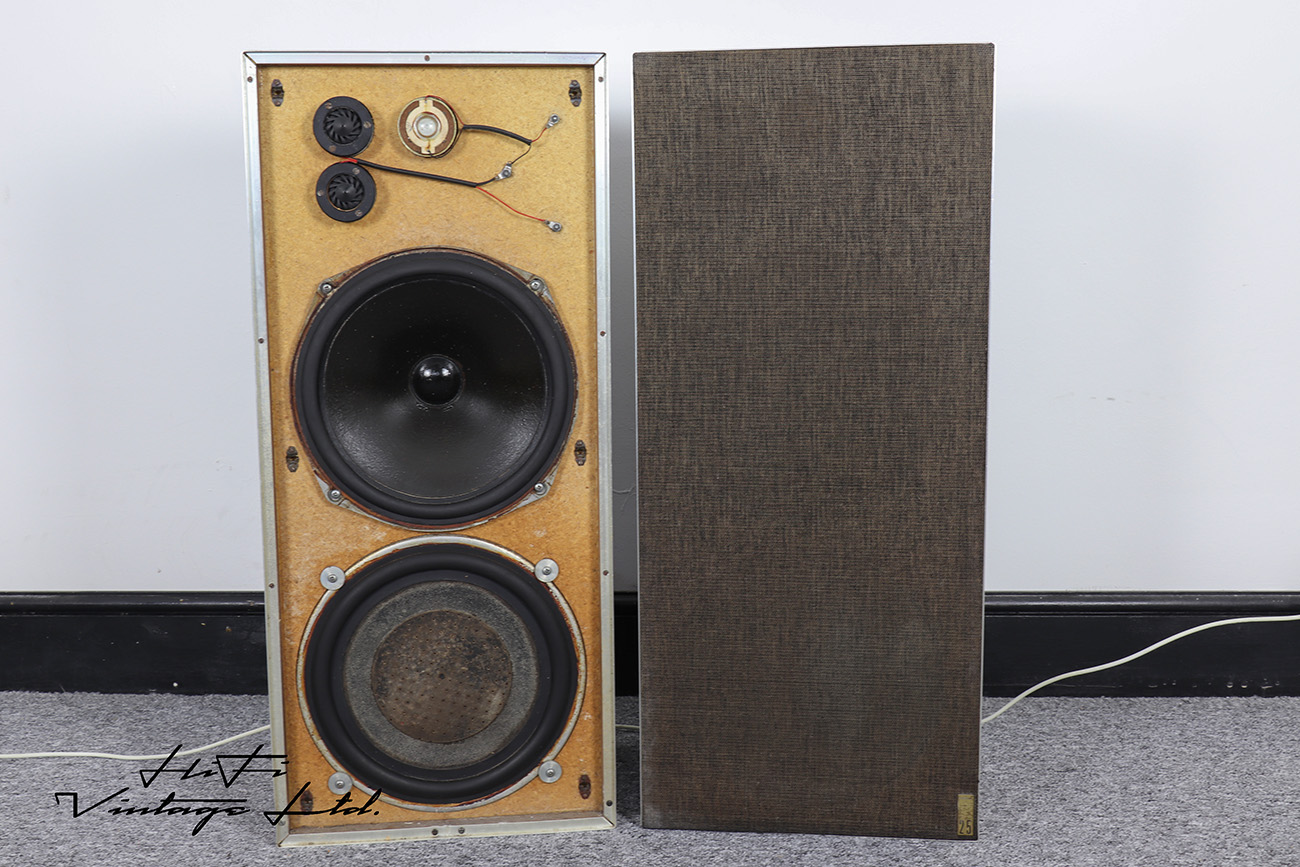originalracingsnake
Member
I won the 25's by using a sniper plug-in, and I wasn't even on line when my bid went in, and won... Oh. Let me give you a little history before you all roll your eyes and declare the 25's terrible reputation for lack of midrange.. Yes, I have read all of the 25 related threads here, before posting, and the reason I came here will be apparent as you read on.
It is the late70's, I am a small boy with a Hi-Fi obsessed and upwardly mobile Dad. One day, he drives home in a car that is not his, an estate Hillman Hunter! What! Why? As soon as I ran out to see the reason became apparent, two HUGE boxes in the back of the car. Ditton 66's. Wow. Then more boxes... TD125 Mk2. Quad 303. Quad 33. Quad FM3. This was his system until way into the late 90's when he went all Naim. The 66's were sent top the naughty step, probably by my Mum, and in their place was something I can't recall from Monitor Audio. I bought a 34/405-2 at some point whilst living at home in my late teens, and paired them up with Tannoy Oxfords. Zip forwards..
66's were the goal, but the cost! My word. I ended up with these incredibly tatty 25's via the eBay bid. Veneer is shot. Covers are not too terrible. However they sound, well, underwhelming. I still own the Quads, and despite trying all combinations the 25's remain uninspiring. So I cruised the forums for others experiences and as a start, want to now rebuild the crossovers. This is my first time in a crossover, and I am not the type who will use boutique caps in things. £100 for a cap is way beyond my wallet.
Removing the board from the first speaker revealed some loose solder terminations for 2 out of the 3 I looked at.... So all of the cables were unsoldered and the board removed. Caps out. So as not to break protocol here, I am looking for some practical recommendations on what to recap with. I've got myself in a right state with Farnell, Mouser, RS, HiFiCollective, etc... and as a result no longer trust my selections! The values for the caps are as follows, as removed from the board:
24uf, 25v
A pair of 1uf, 250v caps in parallel
A pair of 1.5uf 250v caps in parallel
A 2uf and 1.5uf 250v caps in parallel
I have read and digested the forum advice elsewhere, and understand that you don't have to be spot on with the values when replacing, but it'd be nice to have it the way the ears at Celestion intended. Or perhaps there are better ways, ideas to be doing this?
Once rebuilt, I'll look at the cosmetics of the speakers. I don't mind them being patinated. Not bothered really as my music room is also my workplace, and I prioritise things working right over looking right...
Thank you for reading this far. Blame my Dad, that Hillman, and those 66's for this post.
It is the late70's, I am a small boy with a Hi-Fi obsessed and upwardly mobile Dad. One day, he drives home in a car that is not his, an estate Hillman Hunter! What! Why? As soon as I ran out to see the reason became apparent, two HUGE boxes in the back of the car. Ditton 66's. Wow. Then more boxes... TD125 Mk2. Quad 303. Quad 33. Quad FM3. This was his system until way into the late 90's when he went all Naim. The 66's were sent top the naughty step, probably by my Mum, and in their place was something I can't recall from Monitor Audio. I bought a 34/405-2 at some point whilst living at home in my late teens, and paired them up with Tannoy Oxfords. Zip forwards..
66's were the goal, but the cost! My word. I ended up with these incredibly tatty 25's via the eBay bid. Veneer is shot. Covers are not too terrible. However they sound, well, underwhelming. I still own the Quads, and despite trying all combinations the 25's remain uninspiring. So I cruised the forums for others experiences and as a start, want to now rebuild the crossovers. This is my first time in a crossover, and I am not the type who will use boutique caps in things. £100 for a cap is way beyond my wallet.
Removing the board from the first speaker revealed some loose solder terminations for 2 out of the 3 I looked at.... So all of the cables were unsoldered and the board removed. Caps out. So as not to break protocol here, I am looking for some practical recommendations on what to recap with. I've got myself in a right state with Farnell, Mouser, RS, HiFiCollective, etc... and as a result no longer trust my selections! The values for the caps are as follows, as removed from the board:
24uf, 25v
A pair of 1uf, 250v caps in parallel
A pair of 1.5uf 250v caps in parallel
A 2uf and 1.5uf 250v caps in parallel
I have read and digested the forum advice elsewhere, and understand that you don't have to be spot on with the values when replacing, but it'd be nice to have it the way the ears at Celestion intended. Or perhaps there are better ways, ideas to be doing this?
Once rebuilt, I'll look at the cosmetics of the speakers. I don't mind them being patinated. Not bothered really as my music room is also my workplace, and I prioritise things working right over looking right...
Thank you for reading this far. Blame my Dad, that Hillman, and those 66's for this post.


